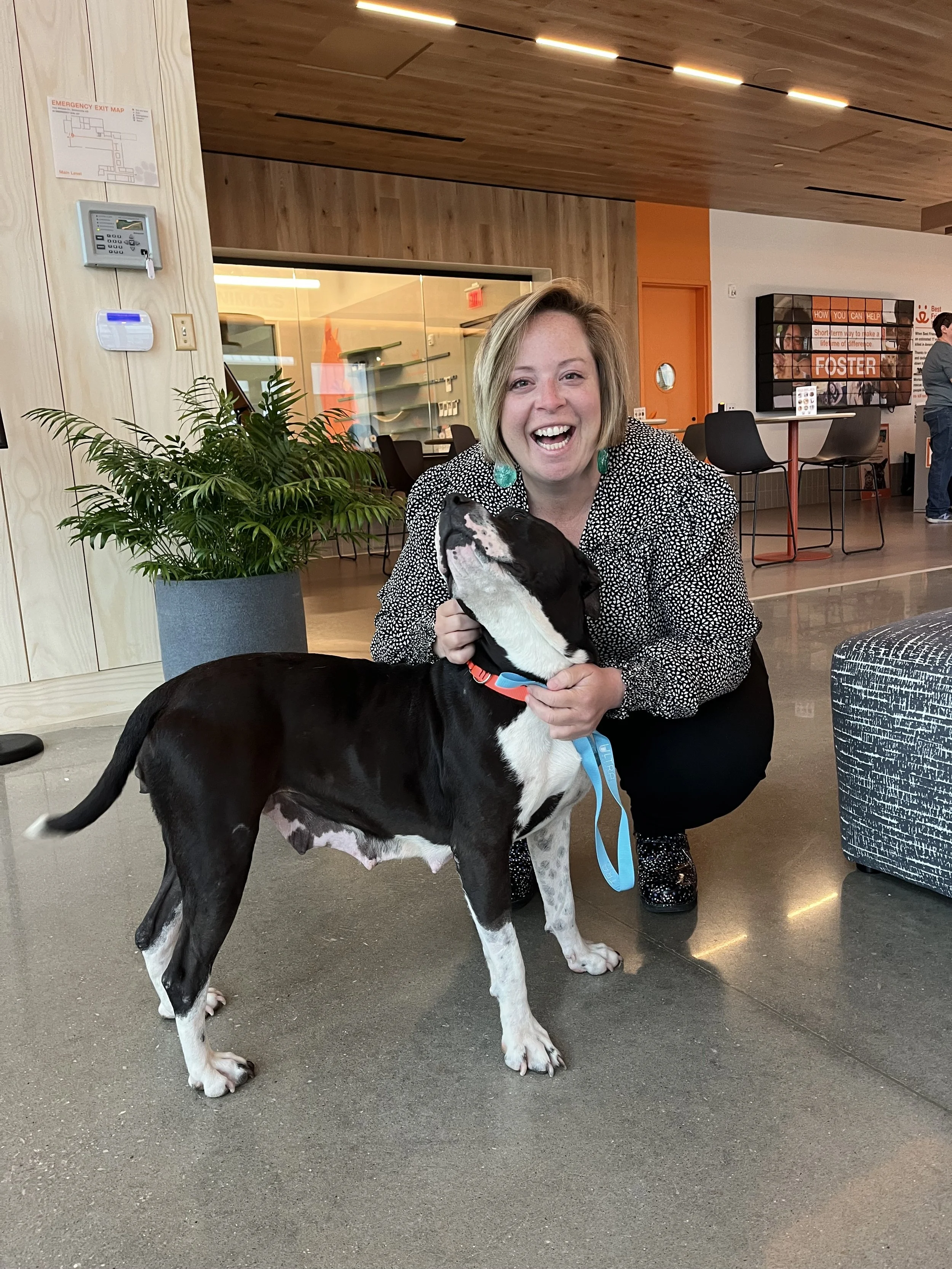There are affiliate links in the post below. I earn a small commission if you purchase things using these links. To learn more about affiliate links, please read this post.
As I mentioned in my last post, for those of us in Seattle the rain is coming! While this is very welcome news to many as it’s been a historically dry summer, for those of us who use our bikes as our primary mode of transportation, it definitely makes things a bit more challenging.
Marley in a green rain cape, Kailey in a rain coat. Photo by Gritchelle Fallesgon
Staying warm, comfortable and dry on the bike is possible! Read on for my favorite recommendations for rain gear for biking, specifically for plus size cyclists! (I think most of these items come in straight sizes, but to be honest, I don’t know because I’ve never been straight sized.)
Layering is Your Best Friend
One of the biggest challenges I find when riding in the rain is moderating my temperature. Sometimes it’s 40 degrees and raining - other times it’s 75. These situations definitely call for different clothing, but if you’re anything like me, you’re not made out of money and you need one jacket that can work for a wide variety of situations. So how do you make it work?
Layering. Specifically base layers, mid-layers, and top layers.
Plus Size Base Layers
These are an absolute staple in my wardrobe. I sleep in them year-round when I’m camping, ride in them when its cold, and practically live in them in the winter.
32 Degrees Light Weight Top Base Layer - At $8.99 (and often available at Costco), this is a must-have. Unfortunately its only available up to an XXL (I wear an XL for size reference), but I’m hopeful they’ll have larger sizes in the future. Synthetic material, packs down super small.
REI Co-Op Top Plus Size Base Layer - A bit of a step-up from the 32 Degrees version, this top comes in both a crew neck version and quarter-zip version. Sizes 1x-3x
Smart Wool Merino Base Layer Top - The fanciest of all the tops, this merino wool base layer feels luxe against your skin, repels odors, and stays fresh in the backcountry. Sizes 1x-3x
On the bottoms, I will often wear just a base-layer or wool tights and then change clothes when I get to where I’m going. Even with fenders, I find that my legs get wetter than I would like.
SmartWool Plus Size Bottoms - These are the most expensive of the bunch but I highly recommend them. warm, cozy and go perfectly under a skirt or dress! Sizes 1x-3x
32 Degrees Light Weight Base Layer Bottoms - Again, these only come up to an XXL, but these pants are great for warmer rainy days and at less than $10 you can’t really go wrong.
Plus Size Mid-Layers
Your mid-layer goes in between the baselayer and the outer shell. This is often the piece that I change up the most depending on the temperature. I find that sweaters, t-shirts, and breathable fabrics help ensure the most comfort.
Plus Size Outer Layers
The outer layer is what you need to be waterproof. Whether its a ran cape, rain jacket, hardshell, or something in between, comfort, visibility, and water repellency are all key.
Rain Jacket vs. Rain Cape
Put simply, the biggest difference between a rain cape and a jacket are the fit. Whereas the jacket fits close to your body, the rain cape fits like a poncho, with ample room for reaching your handlebars, covering your legs in a seated position, and fitting a wide variety of bodies.
Vaude Valdipino Cycling Cape - This one is simple, easy and comes in 3 colors. Folds up into a pocket for easy storage when you’re not using it.
City Cycling Rain Cape - Budget friendly at $29.99 you can’t go wrong with this one.
Pearl Izumi WXB Monsoon Rain Jacket - I’ve raved about this one all over the place. I love it. My first cycling specific rain jacket that fits. Clever reflective bits. Hood fits over the helmet. Breathable arm pits. Just a good rain jacket.
Socks, Shoes & Shoe Covers
Wool socks are my favorite in the rainy season. I don’t know how or why they work, but they keep you warm even when they’re wet, don’t get too stinky, and can be repaired! I love the Pearl Izumi Merino sock - nothing fancy or flashy, just a good quality sock with no unnecessary seams.
Shoe Covers - I typically wear rain boots but there are times when I need to ride in specific shoes in the rain. Queue the shoe covers. You won’t win any cool points but your feet will be warm? I have the Pearl Izumi Elite Softshell Shoe Cover - they slip on over your shoes and keep you nice and warm and dry.



















